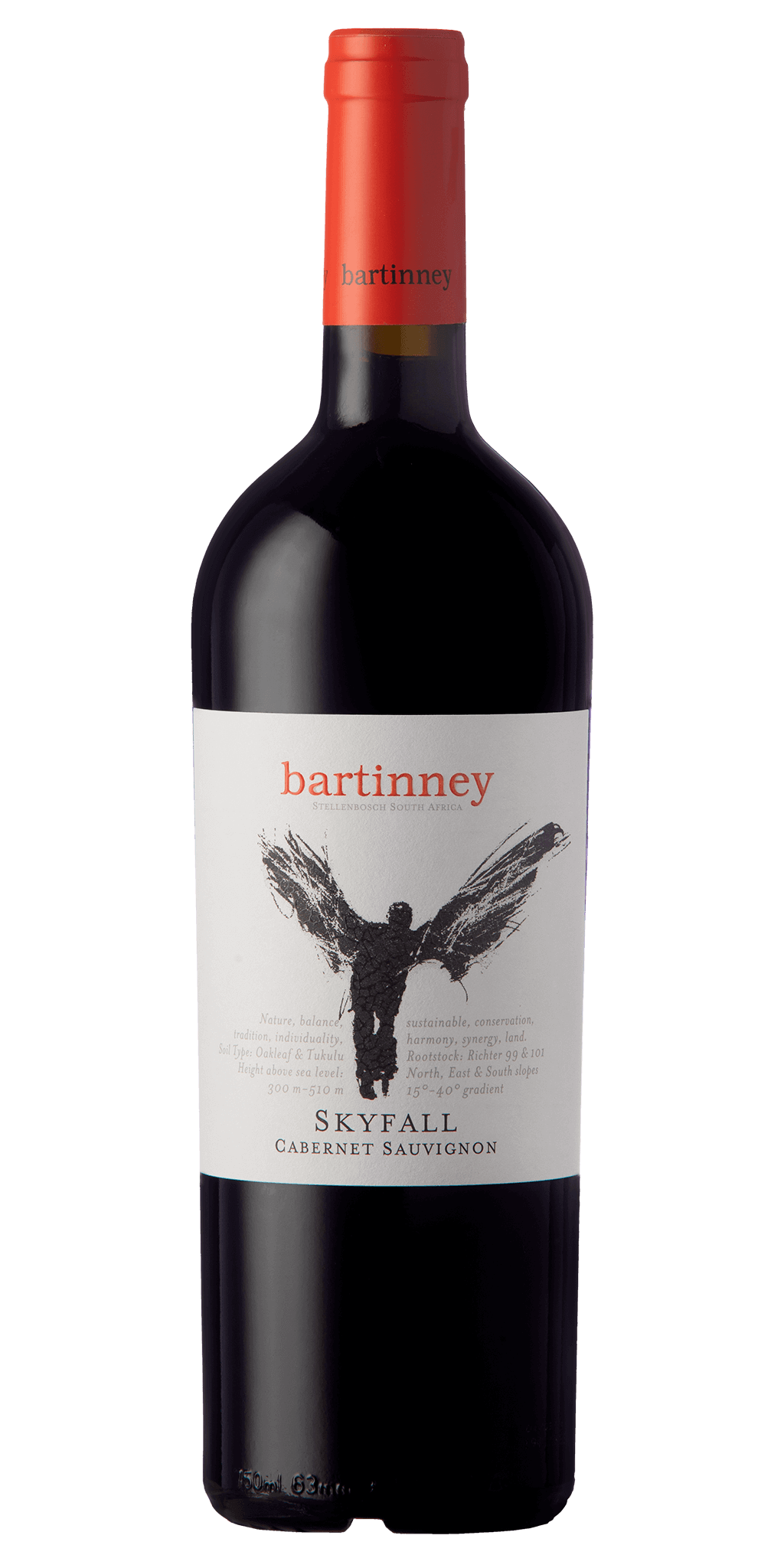Wine is made with intention. Fresh, crisp and fruity wines are ideally enjoyed young and perfectly chilled whereas deep, rich and bolder styles often benefit from age. But how do you know the difference?
3-Step Tasting Protocol
Firstly you need to assess the arc of the wine’s evolution by doing the 3-step tasting protocol and focusing on the balance of the fruit, acid and tannin. The production style, resultant body weight and mouthfeel will highlight the winemaker’s intent. Your palate and personal preference should guide you further.
Where wines have little to no skin, lees or oak contact we can be assured of fruit purity bursting from the glass with a bright, often racy acidity that leans toward early drinking. Delaire Graff Sauvignon Blanc, L’Avenir GlenRose and many mouth-watering wines are ready for you to buy online, chill and enjoy.

Some wines are meant to be enjoyed immediately upon purchasing and won’t need additional time in the cellar
Yes, white wines can age beautifully too
Wines that are high in acid tend to age well as they keep the vibrancy of fruit intact while softening the mouthfeel and developing more concentrated tertiary aromas. Aromatic varietals such as Riesling, Viognier and Chenin blanc are delicious in their youth and evolve into voluptuous harmonies with age. Test the theory with wines such as DeMorgenzon The Diva or Reserve Chenin Blanc, showing such elegance and very vivid varietal expression. Oaked whites, Chardonnay and Bordeaux whites develop a deeper complexity and flavor intensity. I recently tasted a 1981 Chardonnay with more grace and poise than many aged reds.

Although not as popular to age as red, some white wines have phenomenal aging potential
The backbone to structure is tannin
For more robust wines, pay particular attention to the type of tannin, where you experience it on your palate and how that makes you feel. Well-structured wines age more gracefully. The depth of color will hint to skin contact and extraction thus one can expect concentrated green tannins. By the nature of the grape, most red varietals have aging potential. Next, look for wood tannin to balance the structure of fruit, acidity, alcohol and sugar. For me, green tannin is evident on my inside lip, a gritty, chalky sensation. Oak tannin coats the inside of my cheek. If the astringency is uneven and overpowers the delicate nuances of fruit I feel it needs more time.

Pay particular attention to the type of tannin, where you experience it on your palate and how that makes you feel
Each wine has an optimal drinking window
Whilst this may be so, it is typically longer than you think and is subjective. The winemaker may recommend a drinking window based on the intention of style under ideal storage conditions. Yet the evolutionary path a bottle will take varies, depending on the grape varietal, the style of the producer and the vintage conditions. Like us mere mortals, bottles that can improve with age tend to follow a journey showcasing our core character yet presenting many delicious expressions along the way. From youthful exuberance through middle-age complexity to eventual fragility.

The optimal drinking window of your favorite red may be longer than you think
Buy for now, save some for later
Clearly you need to taste the wine to form an opinion so you’ll need to buy multiple bottles. Once tasted, you should always decant the wine to see how it evolves with exposure to oxygen thus a guideline to aging potential. My rule of thumb being an hour in the decanter equates to a year of ageing. So while your recent purchases are resting in your cellar you can always enjoy bottles of white, rose or bubbly while you wait or choose your selection of wines that are aged and drinking beautifully from our cellar now.

When purchasing wine be sure to buy enough to taste upon purchase and to cellar for future
Rolly Gassmann – ‘Silberberg De Rorschwihr’ Riesling, Alsace – 2009
De Morgenzon – The Divas Chenin Blanc, Stellenbosch – 2013
Agricola Brandini – ‘Barolo R56’ Nebbiolo, Piemonte – 2015
Anwilka – Red Blend, Stellenbosch – 2014
De Trafford – Cabernet Sauvignon, Stellenbosch – 2011
Paul Cluver – ‘Noble Late Harvest’, Elgin – 2014

We also make older vintages available to you so you don’t have to take the time to cellar these beauties
Cheers, clink, clink.




 +1 888 812 2543
+1 888 812 2543